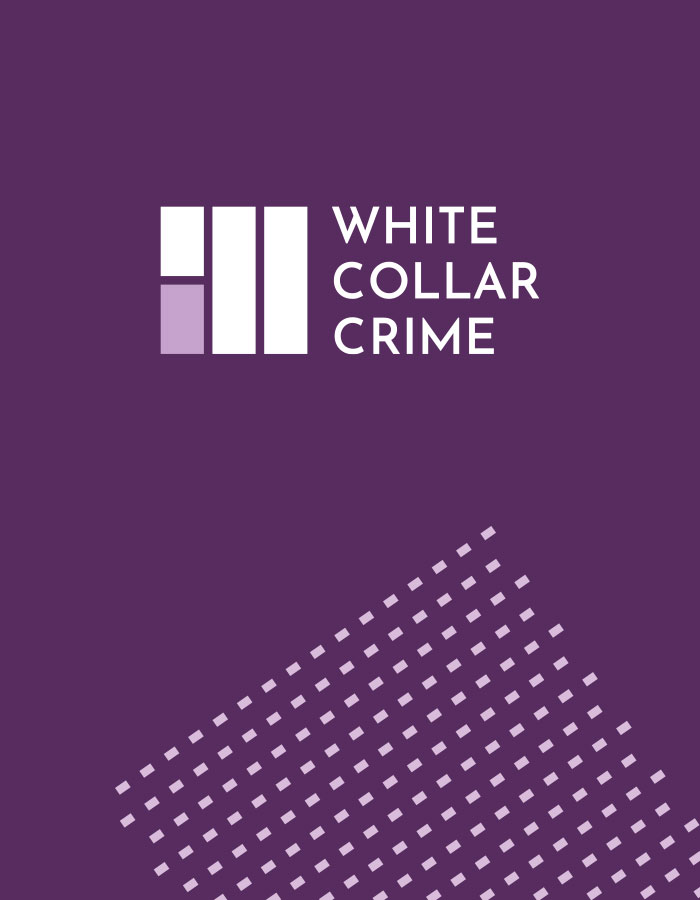Speed read: Rachel Clark analyses the whistleblowing regime in the context of tax whistleblowers, considering the unique position of reporting to HMRC and proposing specific protections needed to protect the flow of important information on tax offences.
Blowing the whistle can have devastating effects. 77.8% of the whistleblowers surveyed by the All-Party Parliamentary Group on Whistleblowing (the ‘APPG’) had suffered retaliation.1 A meagre 2.8% felt ‘very’ supported and in only 7.6% of cases was the reported wrongdoing or malpractice acted upon.2
Yet whistleblowing is a vital source of information for our enforcement agencies. 42% of international fraud is identified by whistleblowers.3 Serious consideration is now being given to the development of a new regulatory regime. At the international level, a European Directive on whistleblowing was adopted this year, requiring certain EU companies to set up whistleblowing procedures over the next two years.4 In the UK, the APPG’s report proposes ten action points, including introducing a comprehensive definition of whistleblowing, a review of compensation, a better regulatory framework, and the introduction of an Independent Office for the Whistleblower.
HMRC and whistleblowers
In the world of tax, whistleblowing is a necessity – reliance on the self-assessment model means that otherwise, the revenue would be unlikely to uncover evasion (unless a fraudster volunteered inconsistent documentation). The tax gap (i.e. the difference between the amount of tax which should be paid to HMRC, and what is actually paid) for 2017/18 was a resounding £35 billion.5
The revenue is alive to the important role played by those who blow the whistle. In 2017 it consolidated its various reporting lines into a one-stop fraud and evasion hotline which operates 365 days a year.6 Earlier this year it introduced a self-reporting regime, to encourage whistleblowers to notify the authorities of those corporates who fail to prevent the facilitation of tax evasion. It paid out £343,500 in ex gratia payments to whistleblowers in the 2018 alone (down from £421,460 the previous year).7
The unique position of the tax whistleblower
The APPG report considered 336 responses from a range of whistleblowers. Sadly, not many of those operated in the tax sphere; a significant proportion related to bullying and harassment (28.4%) and a further proportion worked in health and safety (21.5%).8
Those who blow the whistle on tax evasion are, arguably, in a unique position. Any regulatory regime will need to be carefully focused, in order to adapt to the tax landscape. It may be that the framework provides for sector-specific codes to be produced by the relevant authorities – e.g. HMRC – much in the way that risk assessments by supervisory bodies are prescribed under the Money Laundering, Terrorist Financing and Transfer of Funds (Information on the Payer) Regulations 2017.
Defining whistleblowing
First, any definition of a tax whistleblower should be carefully delimited. The APPG report proposes to follow the definition of a whistleblower produced by Transparency International:
“the disclosure of information about a perceived wrongdoing (or about the risk of such wrongdoing) in a public or private sector organisation to individuals or entities believed to be able to effect action”.9
For tax purposes, the definition could be too wide, encompassing situations which do not fall within the scope of HMRC’s criminal investigatory powers. For revenue whistleblowers, it might be more appropriate to use the definition of tax evasion used in the Criminal Finances Act 2017 (broadly: cheating the public revenue, or being knowingly concerned in, or taking steps with a view to, the fraudulent evasion of a tax). Of course, it is likely the authorities may wish to use a wider definition, to provide for disclosure of behaviour which falls short of evasion, but which would alert them to aggressive tax avoidance schemes.
Compensation
Secondly, a clear compensation model should be identified. As matters currently stand, HMRC’s basis for calculating ex gratia payments to whistleblowers is not transparent, which is a missed opportunity when seeking to encourage individuals to come forward and trust the revenue.
Unlike in other whistleblowing cases (e.g. bullying, or health and safety), the information provided by a tax whistleblower is geared to result in a substantial contribution to the public purse. Cases linked to the Panama Papers alone are forecast to produce more than £190 million in yield.10 One compensation model could be to follow the United States’ regime and offer whistleblowers a percentage of any tax recovered as a result of their disclosure. However, this could involve the payment of quite significant sums, potentially disproportionate to the assistance provided. If such a route were to be pursued, it would therefore be expedient to factor in some form of qualitative assessment of the assistance provided by the individual whistleblower too (e.g. requiring a witness statement or other assistance as a pre-condition to payment), a proportionality test, and/or an overarching cap on remuneration.
Malicious reporting
Third, any new regulatory regime will need to deal carefully with the high risk of vexatious and malicious whistleblowing. Whilst it is easy to see in, for example, the bullying and health and safety arenas, why individuals have a vested interest in blowing the whistle, the tax waters are murkier. Beyond financial reward, there is little to be gained on a personal level for someone reporting another individual’s tax evasion. Often tax whistleblowers may act through a sense of public duty. However, the area is ripe for disclosures made with mixed motives, to hold someone else to account (especially where there may be a past grievance or element of competition). Any new framework should require full disclosure by the whistleblower of their involvement in the matters disclosed, and sanctions for those who misuse the process.
Criminal whistleblowing
Blowing the whistle on tax evasion will often entail disclosure of confidential information which may be prohibited by law. Were HMRC to decide to rely on such information to commence an investigation, this could fall foul of the money laundering provisions of the Proceeds of Crime Act 2002 (HMRC would be using criminal property). Such documents could also be excluded from evidence under section 78 of the Police and Criminal Evidence Act 1984, for being ‘unfair’. Any new regime, if it sought to allow the use of such documents, would need to protect taxpayers against the illicit gathering of personal information and abuse of power by the state.
Further, there is the issue of how to handle those who are complicit in the underlying evasion (tax affairs are frequently known only to those in the evader’s inner circle). Of course, there is scope for immunity to be used as a powerful incentive to encourage whistleblowers to come forward. However, there is also the danger that promising such protection could trigger a race to disclose between equally criminal individuals. One solution could be to use the ‘prompted’ and ‘unprompted’ distinction from the tax penalties regime – only those who come forward unprompted should receive immunity.
Conclusion
Whistleblowers perform a vital role in society, and they should be able to rely on a fully-fledged and transparent protection regime. However, any regime will need tailoring to deal with specific characteristics peculiar to tax whistleblowers, and to ensure that whilst those blowing the whistle are protected, the rights of those wrongfully accused are not trampled in the process.
See also: Whistleblowers and informers — a call for transparency
[1] Whistleblowing The Personal Cost of Doing the Right Thing and the Cost to Society of Ignoring it
[2] Ibid
[3] Ibid
[4] Protecting whistle-blowers: new EU-wide rules approved
[5] Measuring tax gaps 2019 edition Tax gap estimates for 2017-18
[6] HMRC launches new Fraud Hotline
[7] Whistleblowers and informers — a call for transparency
[8] Whistleblowing The Personal Cost of Doing the Right Thing and the Cost to Society of Ignoring it
[9] Ibid







